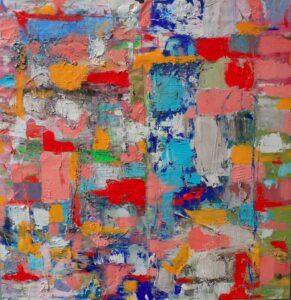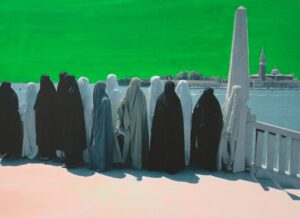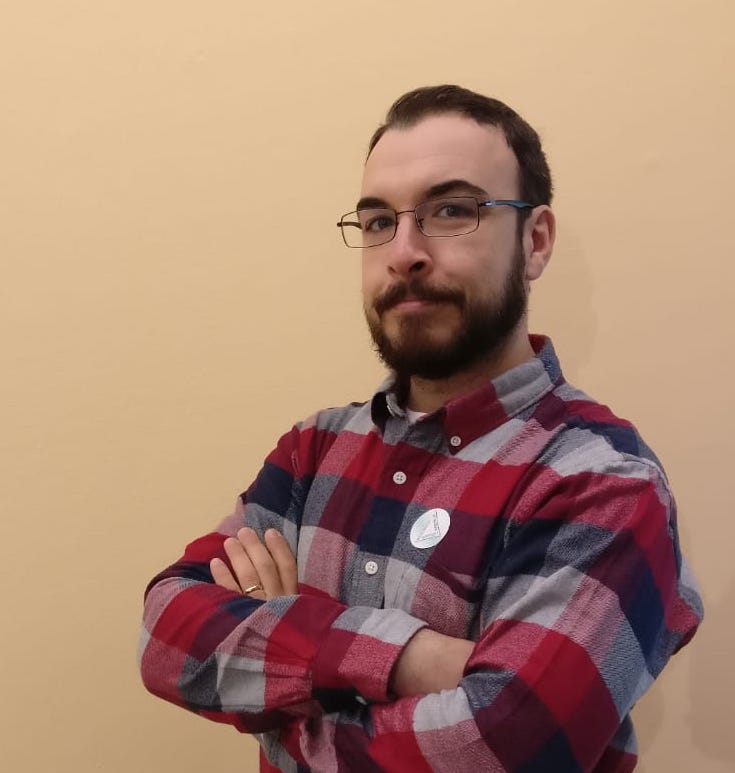Paolo Manazza is an artist, writer and entrepreneur in culture. To his credit several important exhibitions and projects: he has exhibited in personal and group exhibitions in Milan, Rome, Florence, Naples, Venice, Brescia, Sestri Levante, Arzachena, Vigevano, Arcore, Beausoleil (France), Lugano (Switzerland), Monaco (Montecarlo), Taichung (Taiwan), Miami and Palm Beach (USA), Eumsong (South Korea) and Sharm el-Sheikh (Egypt). At the National Gallery of Chisinau (Moldova) he participated in the exhibition “Beyond the Form” with other Italian artists (Luca Coser, Tano Festa, Pietro Finelli and Mimmo Rotella). For some years he taught at the Brera Academy in Milan “Editing of Art” and “Theory and practice of the Multimedia Art Market” and in post-graduate specialization Masters. In September 2005 he received from the President of the Italian Republic Carlo Azeglio Ciampi the honor of “Official of Merit of the Italian Republic”. He has published several books, has been collaborating with Corriere della Sera since 1992 and is the founder of ArtsLife.com. I saw his first retrospective in Paris recently at: ARP-Art Research Paris, July 5-17, 2023 and asked him a couple of questions.

Paolo Manazza, portrait
Francesco Liggieri: If you had to present yourself to someone who doesn’t know you with an artwork, which would you choose and why?
Paolo Manazza: It is difficult for me to choose a work because I have been surrounded by paintings, sculptures and videos all my life. I can tell you that some of Caravaggio’s works are the culmination of an incomparable painting for the ability to explore light through space. I also find that the “Flagellation” by Piero della Francesca (painted in 1459 and kept in Urbino) is a work that could have been painted in the fourteenth century. The fields, the drafts and the various stage plans compose an almost eternal still image. Finally, I can only identify with an “Abstraktes Bild” by Gerhard Richter, in particular one of the four purchased around 2000 by Eric Clapton and then auctioned by Christie’s in 2012, which I was able to admire in person for a long time. Why? Well, being a colorist I belong to that category of painters that Roberto Longhi identified as it follows: “It is useless to resist: color has an expressive force in itself, independent of the form to which it is united, to the point of indeed no longer seeing it as form but, just like color”.

Paolo Manazza, Et voilà les premiers citoyen-consommateurs, À gauche l’esprit renaissant, peinture à l’huile, pigments et laques sur photo, technique, mixte sur forex, 114,5 x 143,5 cm, 2023, courtesy ARP – Art Research Paris
How is abstract painting doing? How do you see it?
De Kooning often liked to repeat “there is no such thing as abstract or figurative painting. There is only good painting”. I believe that the subject is totally irrelevant to being able to approach a point of balance and grace in the image offered. We are living in an era of global transition and painting is also affecting many people in art. Most of whom are people who move with mere speculative intentions (both collectors and artists), but in many young people, this new trend will undoubtedly lead over time to a general growth of culture and spirit. How long will that take? At least half a century would say Dr. Seldon of Asimov.

Paolo Manazza, The Shape of colors, huile, laques, plâtre et pigments sur toile, 96 x 101 cm, 2004, Paolo Manazza, courtesy ARP – Art Research Paris
How is your work usually born?
I usually imagine color combinations and shapes. But then when I start to paint it is inevitable that the canvas takes over. It is always the progressive spread of colors and masses that indicates the road to proceed. The paintings (but I think it applies to works created on any support) speak if you know how to listen to them. And in the end, more than the executor or the artist, you transform yourself into the narrative tool that, coming from the canvas, passes into you and returns to the work.

Paolo Manazza, PEOPLE #4 – West, peinture à l’huile sur photo, technique mixte, 150 x 100, 2011, courtesy ARP – Art Research Paris
As an artist what do you think is your duty towards society?
Always stimulate autonomous thinking, consciousness, vision and growth. To investigate the concept of infinity.
David Hockney in his interviews often recalls that painting will never die; what do you think?
I think he’s right.
Info:

Independent artist and curator. Founder of No Title Gallery in 2011. I observe, study, ask questions, take informations and live in contemporary art, a real stimulus for my research.






NO COMMENT